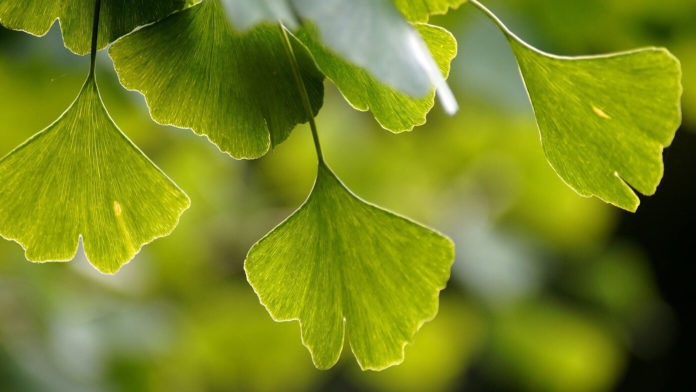At a time when the world is uniquely focussed on respiratory health, it’s time to rethink the way we plant trees and shrubs in our cities. Pollen levels in our cities are on the rise, and it’s contributing to seasonal allergies and asthma.
The hard truth is that pollen doesn’t travel very far, so it’s our own convenience-driven choices in landscaping that are driving these changes.
California horticulturist and allergy expert Thomas Ogren coined the term ‘botanical sexism’ to describe how we select the trees in our public spaces and gardens. It’s likely that every ginkgo tree that you’ve ever seen lining a city street is male. That’s because male trees don’t produce fruit, and in the case of the ginkgo, the fruit have an undesirable vomit-like smell. Planting only male trees avoids this problem, but introduces another.
Male flowers produce pollen. More male trees make more pollen, and exclusively planting male trees means there are no female flowers to actively catch and store that pollen to produce fruit and seeds.
This problem unfortunately extends to almost every tree we plant in our urban gardens, which are overwhelmingly male. Even trees that naturally bear both male and female flowers (monoecious trees) are often engineered by growers to be all male. In a 2012 survey by the makers of Reactine, and over the counter anti-allergy medication, 74-98 percent of trees in 11 major Canadian cities were male when considering single-sex tree species.
In the case of female and monoecious trees, when fruit falls from the tree, it creates a sticky mess that’s inconvenient to clean, poses a slip hazard, and can become a barrier to accessibility for pedestrians in wheelchairs. That’s why it can be difficult to convince nurseries to stock them, and people to plant them.
But their benefits are also compelling. We hope that planting trees will help us fight pollution, but when people breathe in multiple pollutants it can be especially harmful, says Christopher Carlsten, professor of medicine at the University of British Columbia. In cities, inhaling both pollen and vehicle exhaust can compound the effects of asthma.
“In the most susceptible individuals, their airflow can drop almost 50 percent from its baseline by virtue of that combination,” said Carlsten in an interview with Global News.
Climate change and pollution are also contributing to the problem, as increased carbon dioxide and longer growing seasons are triggering even more pollen release, says epidemiologist and Health Canada researcher Éric Lavigne. What’s more, pollutants can attach to pollen grains, and when that happens they can split into smaller pieces. These fragments can penetrate even deeper into the lungs and are even worse for asthma.
By contrast, female flowers can catch those pollen-pollutant particles out of the air and store them in fruit and seeds. Unless eaten, these won’t pose the same problems as they would when inhaled — a much more difficult thing for people to avoid doing.
Having trees in our urban landscapes makes our cities more pleasant places to live, but our tree planting choices can impact our health. To get the full benefits of green spaces, there needs to be a biological balance in the sexes of the trees we choose, and policies in place to make sure that female and monoecious trees are available to be chosen.








































